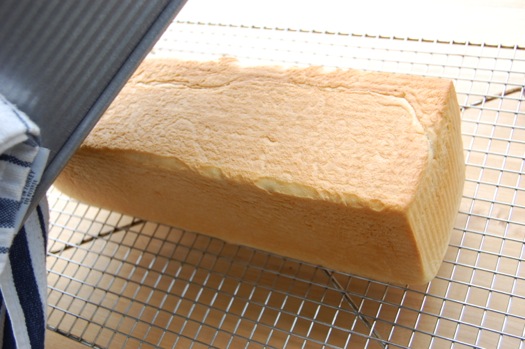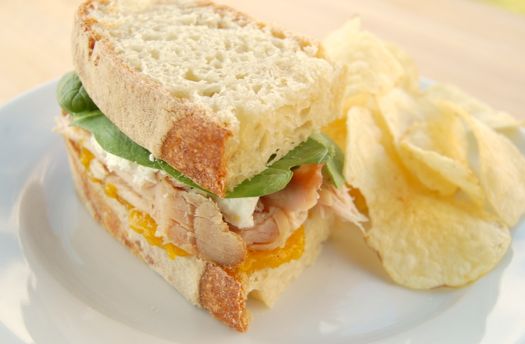Siena, Tuscany, one of Italy’s most beautiful Medieval cities, is considered the home of panforte. Apparently there are Sienese documents dating to the year 1205 that mention it. Evidently panforte was recognized as a form of currency in the city then, and was offered by the citizenry to a local monastery and nunnery as a sort of tax payment. A city that uses candy as money would be a dream come true for my daughters. Remind me to weave this place into their bedtime story tonight.
But one document does not a place of origin make. So at the risk of committing a blasphemy, I’d like to propose a little thought experiment. Imagine it’s the High Middle Ages and you’re living in northern Italy. Your name is Leofrick the Spotty and you work as a kitchen laborer on the estate of the local lord. Word has arrived by courier that your master will be returning from a crusade to Jerusalem this week, and your first thought is: let’s bake a cake for the fellow to eat, assuming some mace-weilding Seljuk didn’t knock all his teeth out at the Battle of Antioch the previous spring.
READ ON


